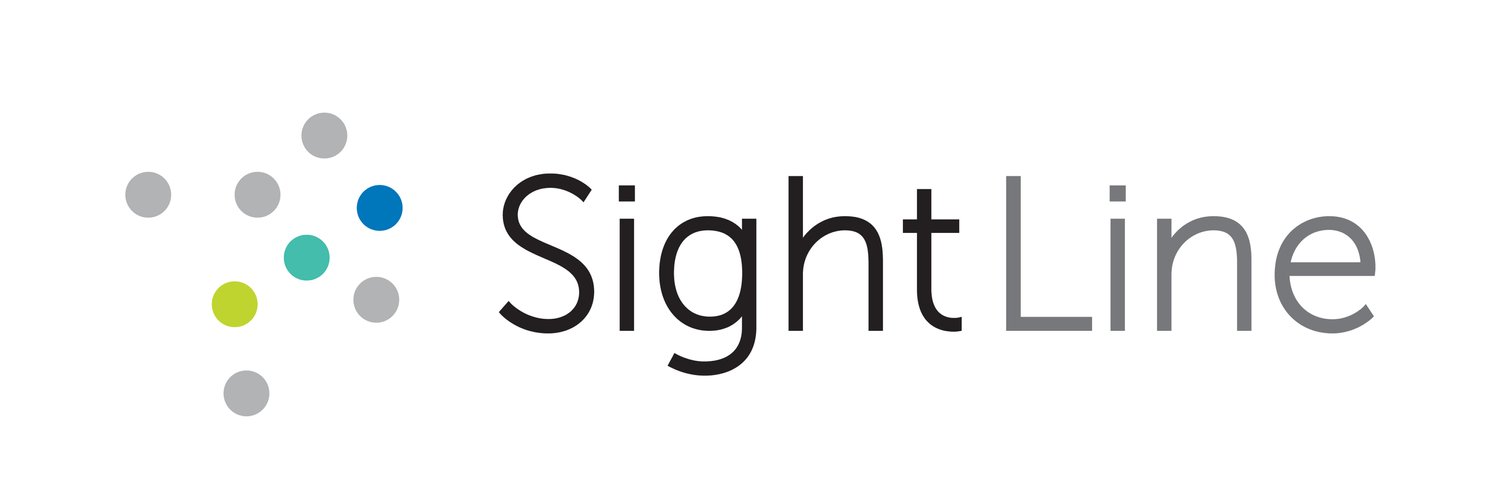8 Key Takeaways: FAFSA Simplification Survey Results
As part of the FAFSA Simplification Act, the Department of Education is revising many processes and systems used to award student aid, including the Free Application for Federal Student Aid (FAFSA). While the FAFSA form is typically available for students to complete in October, the 2024-25 form will not be available until December 2023.
To get a better understanding of what challenges are stemming from the FAFSA Simplification Act, we polled enrollment, financial aid, and budgeting leaders from colleges and universities across the country. The results are in, representing every geographic region, institution type, and size. We see some key trends and challenges emerging.
APPLICATION VOLUME CHANGE
A significant number of institutions, especially private 4-year colleges with fewer than 5,000 students, have reported an increase in applications. This is a trend that is continuing from prior enrollment cycles. Two-year colleges and larger public institutions show mixed responses, with some reporting more applications and others less.
AFFORDABILITY QUESTIONS
Many institutions are receiving more questions about affordability. This trend is consistent across institution types and sizes, which may reflect a broader economic trend or growing financial awareness among prospective students.
FAFSA TIMING IMPACT
Most institutions reported no change in the timing of merit award notices despite FAFSA changes. However, those reporting delays are from various regions and institution types, suggesting that the impact of FAFSA changes is not uniform and could be influenced by institutional policies or administrative practices. The delayed availability of the FAFSA for students may create a less significant impact than delaying the timeline for universities to receive ISIR’s and finalizing need-based aid packaging.
ISIR TIMING IMPACT
A common concern reported in the survey and from our university partners is the late release of ISIR’s and the impact that will have on getting financial aid packages out on time. A delay in receiving ISIR’s will compress the time financial aid offices typically have to package financial aid offers. If student financial aid packages go out later than usual, it compresses the decision time for students. This creates a domino effect of stress on many areas of the institution.
SAI MODELING TOOL UTILIZATION
Many institutions have not tried the SAI modeling tool or reported not being able to use it effectively. The successful use of this tool does not appear to correlate with institution type or size, indicating that challenges with the tool might be widespread and unrelated to the specific characteristics of the institution.
FAFSA RELEASE AND EARLY APPLICATIONS
Concerns about the later FAFSA release delaying early applications are present but not universal. This varies by region, with some institutions in the Northeast and Southwest expressing more concern, potentially indicating regional differences in application patterns.
PROCEDURAL CHANGES DUE TO FAFSA
Institutions are making diverse changes in response to the FAFSA delay, including adjusting timelines for financial aid packages and altering communication strategies. The nature of these changes does not seem to follow a clear pattern based on institution type or size, suggesting that responses are tailored to specific institutional needs and capacities.
BIGGEST CHALLENGES
Staffing issues, uncertainty in financial planning due to changes in federal funding, and compressed decision timelines are common challenges across the board. Larger institutions also mention retaining staff to handle increased volume and leadership expectations as significant challenges. The most widely reported concern, is unpredictability in student behaviors. This may have a long-lasting impact on the way students and university communicate and navigate the admissions process.
In conclusion, these patterns suggest that while some challenges and trends are felt broadly across the higher education sector, others are more nuanced and may be influenced by regional factors, institutional policies, and specific student demographics. The variability in responses also underscores the complexity of the enrollment landscape, where each institution must navigate a unique set of circumstances.
At SightLine, we believe the key to this enrollment cycle will be agility. We are focusing on analyzing student data mid-cycle to identify potential changes in the student application funnel, behavioral changes in student decisions, and student segments that may be more significantly impacted by the change to SAI. Based on our ongoing analysis, we may recommend mid-cycle financial aid or communications changes to help universities meet their enrollment, financial aid budget, and net revenue targets. Contact the SightLine team to learn more about our approach and recommendations for your institution.
